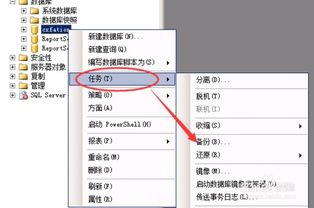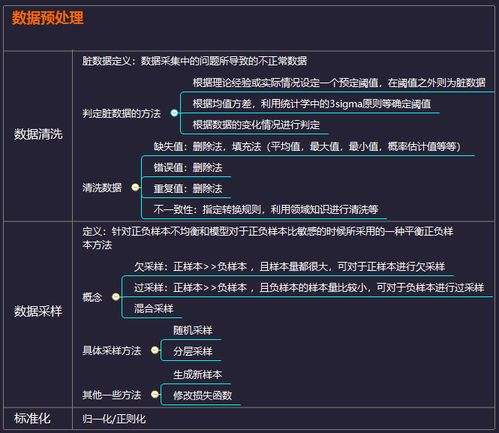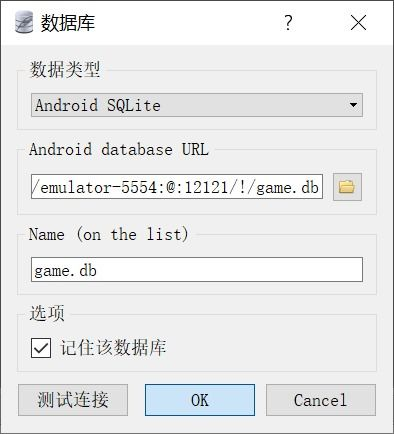ASP.NET Page-to-Page Data Passing, Methods and Best Practices
Understanding Page-to-Page Data Transfer
When you develop ASP.NET applications, there are numerous scenarios where you need to transfer data from one page to another. This is especially true in applications with multiple forms or when performing user authentication. ASP.NET provides various mechanisms to facilitate this transfer efficiently. The most common methods include Query Strings, Session State, and Server.Transfer.
Query Strings
Query Strings are one of the simplest ways to pass data between pages. They are appended to the URL and can be accessed by the target page. For example, if you have a page called Page1.aspx and you want to redirect users to Page2.aspx while sending a value, you could construct a URL like this: Page2.aspx?username=JohnDoe. On Page2.aspx, you could retrieve this value as follows: string username = Request.QueryString["username"]; .
However, be cautious while using Query Strings, as sensitive information can be exposed through the URL. Moreover, the length of data you can pass is limited, making it less suitable for large amounts of data transfer.
Session State
Another method to transfer data between pages is by using Session State. This approach stores data on the server for a user session, which can be accessed across multiple pages. For instance, you could set a Session variable on Page1.aspx like this: Session["username"] = "JohnDoe";. Then, you can retrieve this value on Page2.aspx using string username = (string)Session["username"];.
Session State is advantageous for storing larger data or sensitive information since it does not expose the data on the client side. However, it requires proper management to ensure data consistency and prevent memory leaks on the server.
Using Server.Transfer
Server.Transfer is a method that allows you to transfer execution from one page to another while preserving the original URL in the browser. This can be particularly useful for maintaining state information and avoiding additional round trips. For example, you can transfer control from Page1.aspx to Page2.aspx like this: Server.Transfer("Page2.aspx");. You can also pass data to the target page using the context: Context.Items["username"] = "JohnDoe"; and retrieve it on Page2.aspx with string username = (string)Context.Items["username"];.
While Server.Transfer is useful, keep in mind that it changes the execution context, and overusing it can lead to complex code that's hard to maintain.
In conclusion, transferring data between ASP.NET pages can be accomplished using multiple strategies such as Query Strings, Session State, and Server.Transfer. Each method has its pros and cons, and choosing the right one depends on the specific requirements of your application. Always consider the sensitivity of the data and the user experience when selecting a data transfer method.





